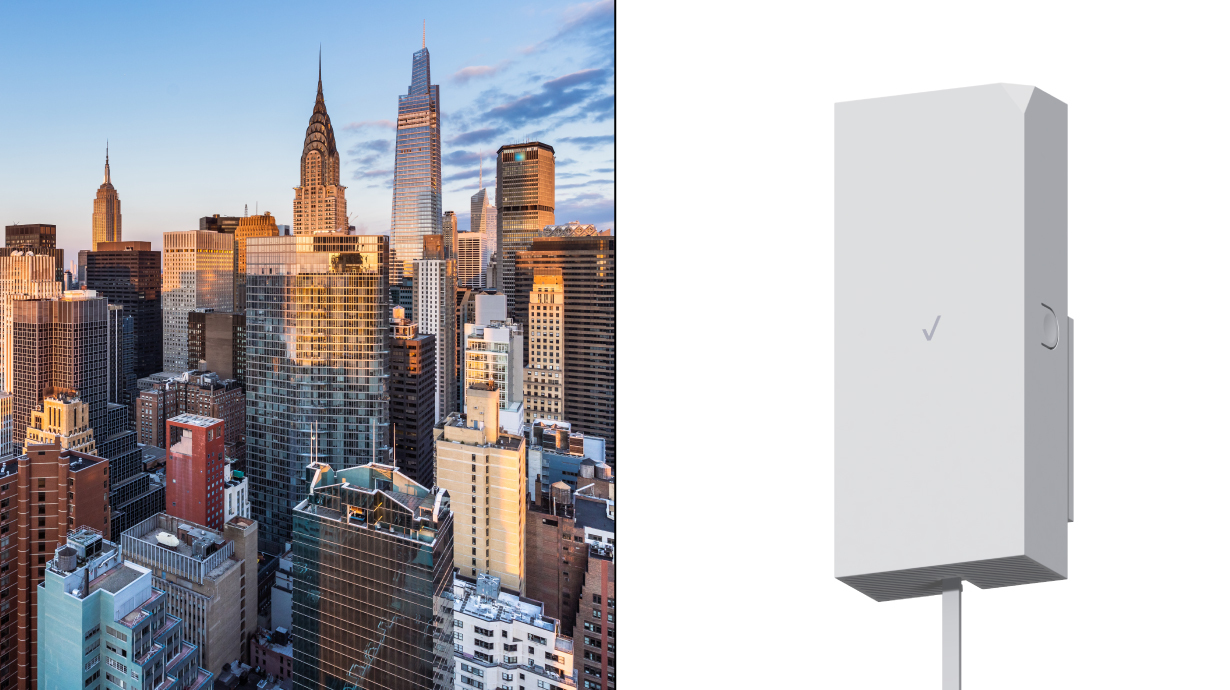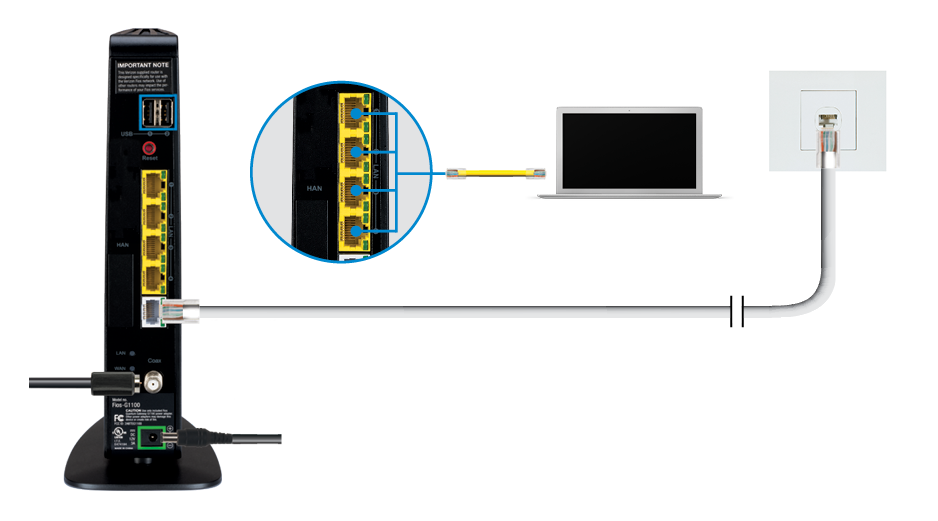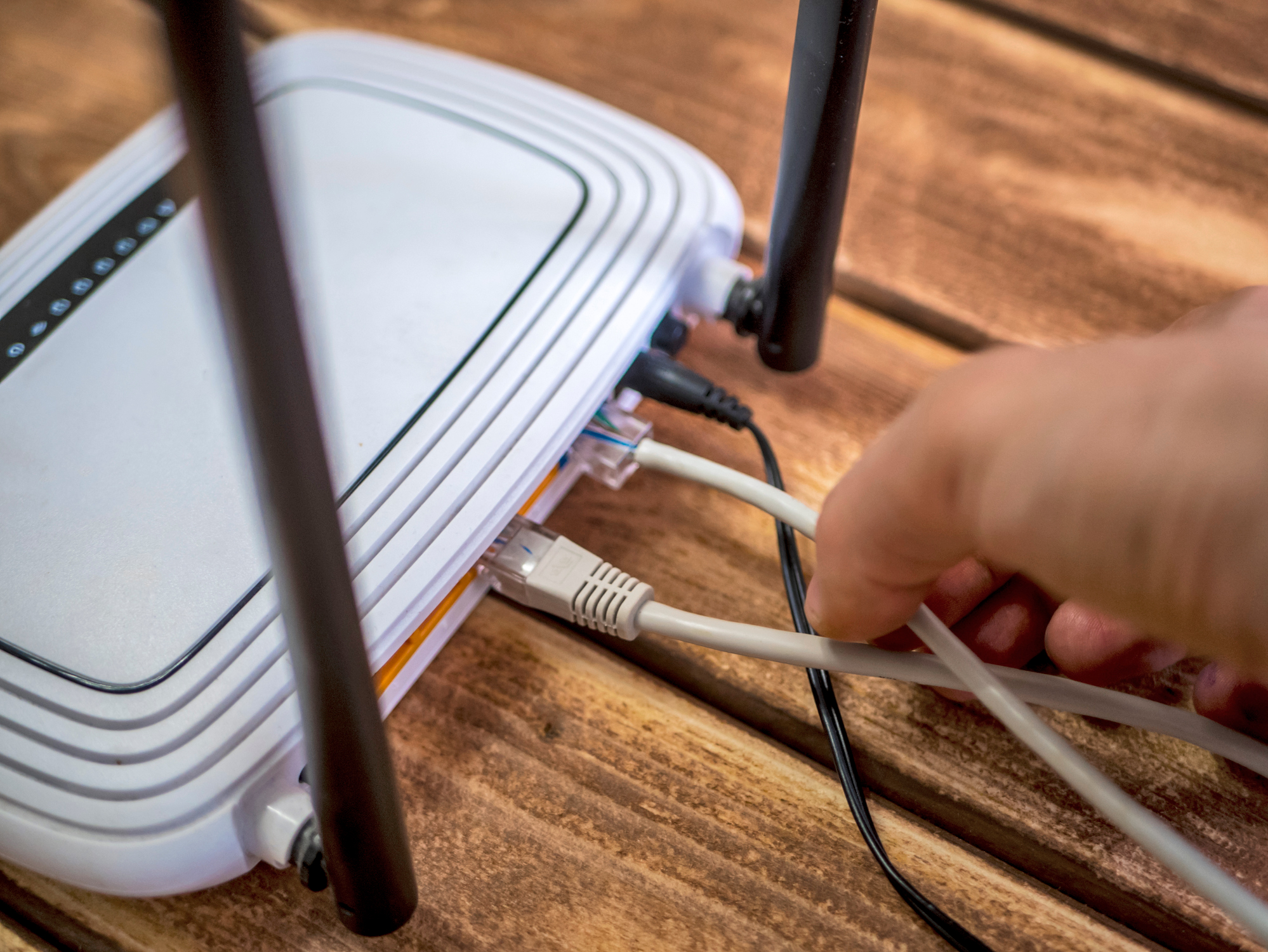Verizon Internet Access Problem has become a growing concern for many users across the United States. As one of the leading internet service providers (ISPs), Verizon is known for its reliable and high-speed internet services. However, like any other service, there are occasional issues that may disrupt connectivity. In this article, we will explore the common problems users face with Verizon internet access, their root causes, and effective solutions to resolve them.
Internet access is an essential part of modern life, enabling communication, work, education, and entertainment. When Verizon customers experience connectivity issues, it can significantly impact their daily activities. Understanding the nature of these problems is the first step toward resolving them.
This article aims to provide a comprehensive guide for Verizon users who encounter internet access problems. By delving into potential causes, troubleshooting steps, and expert advice, we aim to empower users to restore their internet connection quickly and efficiently.
Read also:Keith David A Versatile Actor And His Iconic Tv Shows
Understanding Verizon Internet Access Problem
Verizon Internet Access Problem can manifest in various ways, from slow speeds to complete outages. To address these issues effectively, it’s crucial to understand the underlying causes. Below are some of the most common problems Verizon users face:
- Slow internet speeds
- Intermittent connection drops
- WiFi signal issues
- Router or modem malfunctions
- Service outages due to weather conditions
Common Causes of Verizon Internet Access Issues
Several factors can contribute to Verizon Internet Access Problems. These include hardware malfunctions, network congestion, and environmental factors. For instance, during storms or heavy rain, fiber-optic cables may be affected, leading to temporary service disruptions.
Diagnosing Verizon Internet Connectivity Issues
Before attempting any solutions, it’s essential to diagnose the problem accurately. Here are some steps you can take to identify the root cause:
- Check if the issue is widespread by visiting Verizon’s official outage map.
- Run a speed test to determine if your connection speed matches the advertised plan.
- Restart your router and modem to rule out temporary glitches.
Using Verizon’s Outage Map
Verizon provides an outage map that allows users to check for service disruptions in their area. This tool is invaluable for determining whether the problem is localized or part of a broader network issue. Simply enter your zip code on the map to see if there are any reported outages nearby.
Troubleshooting Verizon Internet Access Problems
Once you’ve identified the issue, it’s time to troubleshoot. Below are some effective steps to resolve common Verizon Internet Access Problems:
Restarting Your Equipment
One of the simplest yet most effective solutions is to restart your router and modem. Unplug both devices, wait for 30 seconds, and then plug them back in. This process can resolve many temporary glitches and improve connectivity.
Read also:Sneako Pedo A Comprehensive Guide To Understanding And Addressing The Issue
Checking Physical Connections
Ensure that all cables are securely connected to your router and modem. Loose or damaged cables can lead to connectivity issues. If you notice any damage, consider replacing the cables with new ones.
Optimizing Your Verizon Internet Setup
Optimizing your Verizon internet setup can help prevent future access problems. Here are some tips to enhance your connection:
Positioning Your Router Strategically
The placement of your router can significantly impact WiFi performance. Place it in a central location, away from obstacles like walls and metal objects. Additionally, avoid placing it near electronic devices that may cause interference, such as microwaves and cordless phones.
Updating Firmware and Software
Regularly updating your router’s firmware and modem software ensures that you have the latest security patches and performance improvements. Check Verizon’s website for firmware updates and follow the instructions to install them.
Dealing with Slow Internet Speeds
Slow internet speeds are one of the most frustrating Verizon Internet Access Problems. Here are some steps to address this issue:
Managing Bandwidth Usage
Identify devices or applications that consume excessive bandwidth. Streaming services, large file downloads, and online gaming can significantly slow down your connection. Consider setting bandwidth limits for certain devices or applications to ensure a smoother experience.
Using Ethernet Connections for Critical Devices
For devices that require a stable and fast connection, such as gaming consoles or smart TVs, consider using an Ethernet cable instead of WiFi. Wired connections are generally more reliable and offer higher speeds.
Verizon Customer Support for Internet Access Problems
If you’ve tried all the troubleshooting steps and the problem persists, it’s time to contact Verizon Customer Support. Below are some ways to reach them:
Contacting Verizon via Phone
Verizon offers a dedicated customer support line for internet-related issues. Call the support number and provide details about your problem. The representative will guide you through additional troubleshooting steps or schedule a technician visit if necessary.
Using Verizon’s Online Support Portal
Verizon’s online support portal allows users to submit tickets, track service outages, and access troubleshooting guides. This platform is convenient for resolving issues quickly without waiting on hold for a representative.
Preventing Verizon Internet Access Problems
Prevention is key to minimizing Verizon Internet Access Problems. Here are some proactive measures you can take:
Regular Maintenance of Equipment
Perform routine maintenance on your router and modem to ensure they function optimally. Clean the devices to remove dust and debris, and check for firmware updates regularly.
Monitoring Network Usage
Use network monitoring tools to track your internet usage and identify potential bottlenecks. This information can help you optimize your connection and avoid slowdowns during peak hours.
Verizon Internet Access Problem Statistics
According to a 2023 report by the Federal Communications Commission (FCC), Verizon experiences an average of 2.5 service outages per 100 customers annually. While this number is relatively low compared to other ISPs, it highlights the importance of having a backup plan in case of extended outages.
Additionally, a survey conducted by Consumer Reports found that 67% of Verizon customers were satisfied with their internet service, citing reliability and customer support as key factors. However, 33% reported experiencing occasional connectivity issues, emphasizing the need for effective troubleshooting strategies.
Conclusion
In conclusion, Verizon Internet Access Problems can be frustrating, but they are often resolvable with the right approach. By understanding the common causes, diagnosing the issue accurately, and following the troubleshooting steps outlined in this article, you can restore your connection quickly. Remember to optimize your setup and take preventive measures to minimize future disruptions.
We encourage you to share your experiences with Verizon Internet Access Problems in the comments below. Your feedback can help other users facing similar challenges. Additionally, don’t forget to explore our other articles for more tips and insights on improving your internet experience.
Table of Contents
- Understanding Verizon Internet Access Problem
- Diagnosing Verizon Internet Connectivity Issues
- Troubleshooting Verizon Internet Access Problems
- Optimizing Your Verizon Internet Setup
- Dealing with Slow Internet Speeds
- Verizon Customer Support for Internet Access Problems
- Preventing Verizon Internet Access Problems
- Verizon Internet Access Problem Statistics
- Conclusion


